


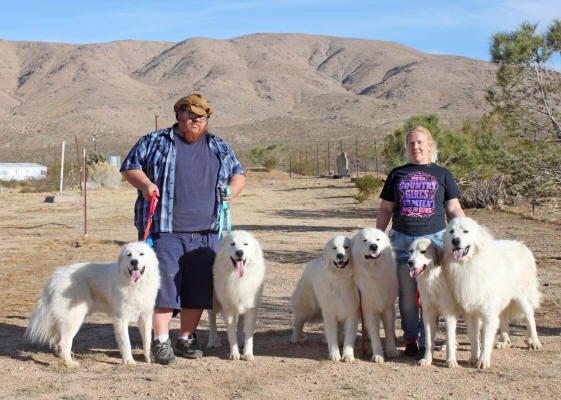
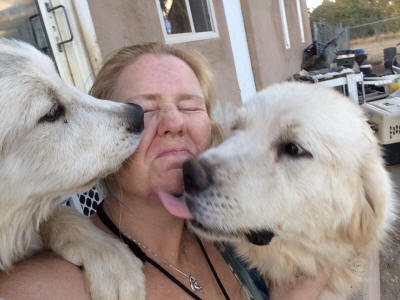
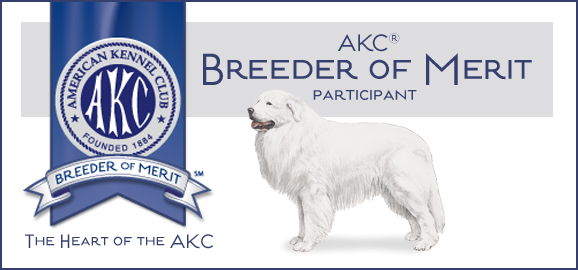
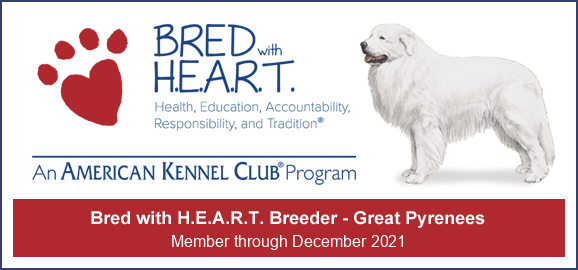
| Why
should I test my dog for genetic disease? Veterinarians and responsible breeders of purebred dogs and cats are well aware that hip dysplasia and other inherited diseases can be controlled by careful, selective breeding programs. DNA tests for specific diseases remain the "gold standard" in determining an animal's genotype, but in the absence of available DNA tests, phenotypic evaluations are the best alternative. Information regarding the test results from the sire and dam, along with information on other close relatives such as siblings, half-siblings, aunts and uncles allows breeders to apply greater selective pressure to produce normal offspring and avoid affected offspring. Great Pyrenees Breed Tests:
|
|
Canine Multi-focal Retinopathy (CMR) Canine Multi-focal Retinopathy (CMR) is a recessively inherited eye disease. Early clinical studies in 1998 by Dr. Bruce Grahn at the University of Saskatchewan, Canada, first described CMR in the Great Pyrenees. The condition observed in each of the named breeds at an ophthalmologist’s exam includes numerous distinct (i.e. multi-focal), roughly circular patches of elevated retina with accumulation of material that produces gray-tan-pink colored lesions. These lesions, looking somewhat like blisters, vary in location and size, although typically they are present in both eyes of the affected dog.Discrete areas of tapetal hyper-reflectivity might also be seen. Neuronal Degeneration (NDG) An inherited neurological disease termed Neuronal Degeneration (NDG), has been reported in Great Pyrenees dogs. The age-of-onset of this disease is very young, well before an affected dog’s first birthday, but begins quite mildly. Initial signs include slipping, sliding, and difficulty maneuvering on smooth surfaces. The gait is abnormal - the dog may seem weak, clumsy, or uncoordinated. Over time, these problems progress and worsen. The abnormalities are most pronounced in the hind limbs, and both sides of the body tend to be affected symmetrically. Eventually, affected dogs display a wide-base stance, become unable to negotiate stairs, have a generalized loss of control and coordination over body movements, and may experience intermittent falling. The condition itself is non-painful, although stumbling and falling can obviously cause pain and traumatic injuries Degenerative Myelopathy (DM) Canine degenerative myelopathy, also known as chronic degenerative radiculomyelopathy, is an incurable, progressive disease of the canine spinal cord that is similar in many ways to amyotrophic lateral sclerosis (ALS). Onset is typically after the age of 7 years and it is seen most frequently in the German shepherd dog, Pembroke Welsh corgi, and boxer dog, though the disorder is strongly associated with a gene mutation in SOD1 that has been found in 43 breeds as of 2008, including the wire fox terrier, Chesapeake Bay retriever, Rhodesian ridgeback, and Cardigan Welsh corgi. Progressive weakness and incoordination of the rear limbs are often the first signs seen in affected dogs, with progression over time to complete paralysis. Myelin is an insulating sheath around neurons in the spinal cord. One proposed cause of degenerative myelopathy is that the immune system attacks this sheath, breaking it down. This results in a loss of communication between nerves in lower body of the animal and the brain. Glanzmann's Thrombasthenia (GT) Glanzmann's Thrombasthenia (GT) is a rare bleeding disorder in which the platelets are defective. Platelets have the ability to stick together to stop the flow of blood from injured blood vessels until clotting and tissue repair occurs. While dogs with GT have normal platelet counts, they have abnormal platelet aggregation and blood clotting and thus are at risk of life-threatening bleeding, including spontaneous hemorrhage and excessive hemorrhage as a result of injury or surgery. The disease often manifests itself in young dogs with bleeding gums and/or nosebleeds. GT has been recognized in several breeds, in particular Otter Hounds and Great Pyrenees. GT is an inherited autosomal recessive disorder
|
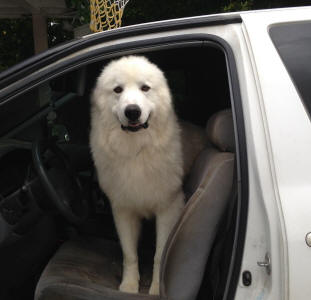
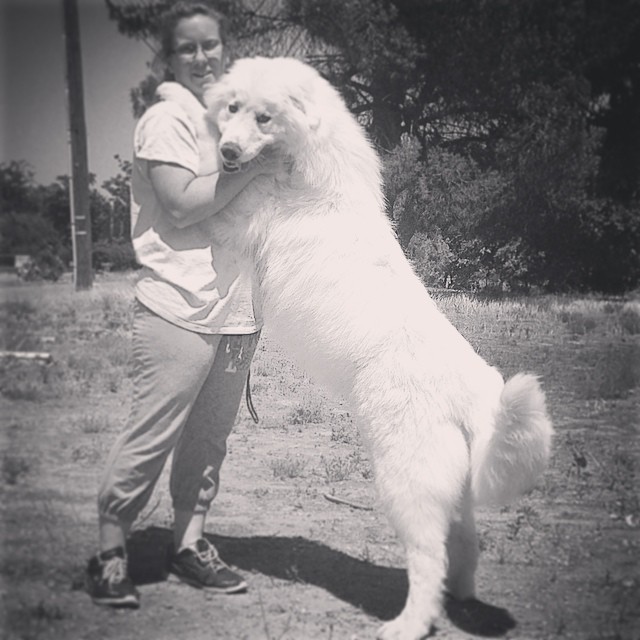
![]()
Chrystal
760-578-9921
Best way to get a hold of me is E-mail or Text Message
June 11, 2025
Copyright 2006-2024
Great pyrenees breeder south southern california so cal ca socal pyr ukc akc show dog canine puppy puppys agility obedience racing lure coursing working work livestock herding herd dog best in guard watch goto hunt hunter hunting puppies breeding pups registered champion grand champ win wins winning ribbon bob bos bow ribbons conformation long confirmation stud service pro professional bis bimbs biss mountian mountain arizona fluffy fluff white badger coyote bear wolf wolves bears coyotes protect protection guardian coat